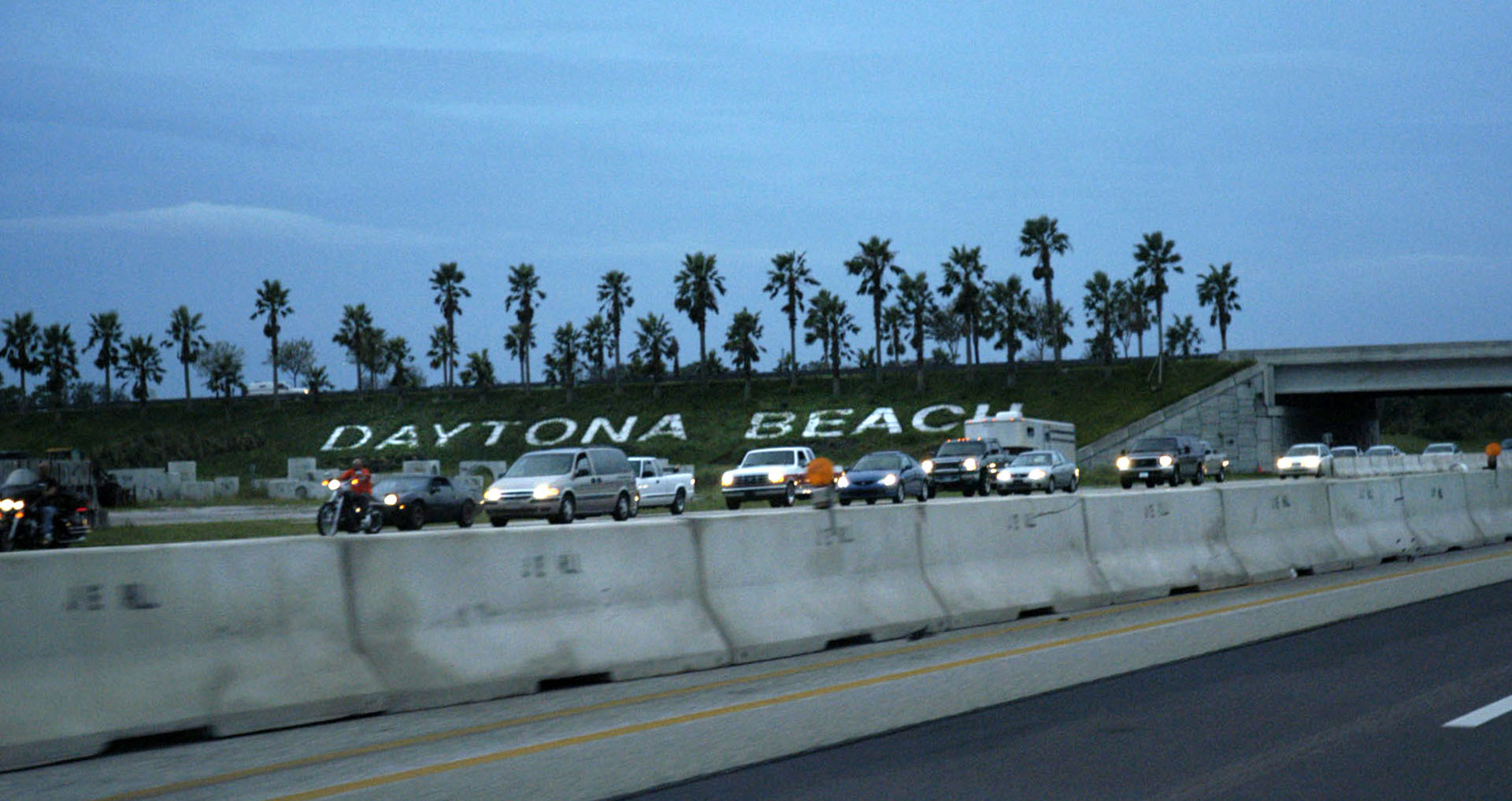
ALPHARETTA, Ga. (BP)–The first two dozen Southern Baptist disaster relief units were deployed Sept. 7 to help thousands of Floridians reeling from the devastation left by Hurricane Frances, the second hurricane to hit the state in less than month. Meanwhile, more than 120 units have been activated and are in various stages of deployment.
Jim Burton, director of volunteer mobilization for the North American Mission Board, said these 24 units will be working primarily along the eastern corridor, with some stationed in the Orlando area.
Located at First Baptist Church of Melbourne, Fla., the North Carolina No. 1 feeding unit is the first one preparing to serve meals, Burton said.
Overall, 121 units are activated, staged or on standby, but plans are still being finalized by NAMB, the Florida Baptist Convention and the American Red Cross.
Generally, a particular city will be assigned to a specific state, but authorities are still lining up sites that are prepared to handle emergency crews, Burton said.
Disaster relief workers are expected to be needed in Florida’s western panhandle, as well as Georgia and Alabama, Burton said, but there hasn’t been time to complete damage assessments in those areas.
“This morning we got a taste of Frances here: 40 to 50 mile an hour winds and heavy rains,” Burton said from his office in northern Georgia. “The thing that concerns us now is we’re getting more and more reports — especially out of South Carolina — about tornadoes.”
Besides disrupting millions of Floridians’ lives, the hurricane has already caused a shift in the SBC’s disaster relief plans.
Damage to a state Baptist camp at Lake Yale forced the Florida Baptist Convention to relocate its command center to First Baptist Church of Kissimmee, just south of Orlando.
Currently, the convention’s disaster relief effort has been in continuous operation for 27 days. Burton said other responses have lasted longer, such as Hurricane Isabel in 2003, Hurricane Andrew in 1992 and Midwestern flooding in 1993.
But the response after Hurricane Charley in mid-August marked the largest in SBC history, with more than 200 teams or units involved in the operation.
“With damage in Florida, Georgia and Alabama, I expect we will surpass that,” Burton said of the Frances relief effort. “The storm’s size, in terms of being so long and so slow, is what caused the damage. We expect more wind and water damage than from Charley.”
The second hurricane to strike Florida in three weeks, Hurricane Frances cut a wide swath across the state. Fifty-seven of 67 counties were still dealing with the loss of electricity to homes or businesses as of Sept. 7, the Orlando Sentinel reported.
The newspaper quoted state chief financial officer Tom Gallagher as estimating the storm had caused $2 billion worth of damage.
After moving west across Florida, the hurricane caused more destruction when it turned north and hit land a second time in Florida’s western panhandle.
The Tallahassee Democrat said the storm came on shore just east of St. Marks at 1:15 p.m. Sept. 6. That brought heavy rain, 65 mph winds and the threat of flooding to Tallahassee (the state capital) and surrounding areas.
The storm then moved northward. By mid-morning Sept. 7, rain was falling across Georgia, South Carolina and parts of northern Florida, Alabama, North Carolina, eastern Tennessee and southeastern Kentucky.
The National Weather Service said up to a foot of rain fell on parts of Georgia, AP reported.
Units and teams from North Carolina, South Carolina, Tennessee, Virginia Baptist Mission Board, Pennsylvania-South Jersey, New York, Missouri, New Mexico, Kentucky, the Northwest and California were en route to Florida on Sept. 6.
The others were at four staging sites in Georgia, Alabama and South Carolina, awaiting mobilization.
NAMB is continuing to solicit volunteers to drive emergency response vehicles for the American Red Cross. Those interested should contact their respective state’s disaster relief director for further information.
Volunteers must be in good health, able to lift 30 to 40 pounds, make a two-week commitment and be willing to locate wherever needed. As of 2 p.m. EDT Sept. 7, NAMB had enlisted 143 people for these duties.
At least one Southern Baptist church sustained costly damage. A photograph that was widely disseminated through various national news media showed First Baptist Church of Cocoa Beach’s steeple piercing its roof after wind lifted it from its normal position.
Typically, state conventions get involved in responding to repairing damages at SBC churches, Burton said.
“In the initial stage of a disaster, we concentrate more on feeding and clean-up,” Burton said. “I would expect us to be involved in long-term recovery in Florida for well over two years.”
In addition to the massive clean-up efforts, Floridians and NAMB officials are nervously watching reports about Hurricane Ivan, a storm with sustained winds of more than 100 mph that has formed in the Atlantic Ocean. It is more than 1,500 miles from Florida, and forecasters are unsure whether is will hit the United States.
Within the coming week, it should be clear whether a third hurricane will strike Florida in a month or veer away from land, Burton said.
“We’re deeply concerned about that,” Burton said. “We don’t know what it holds.”
–30–

















